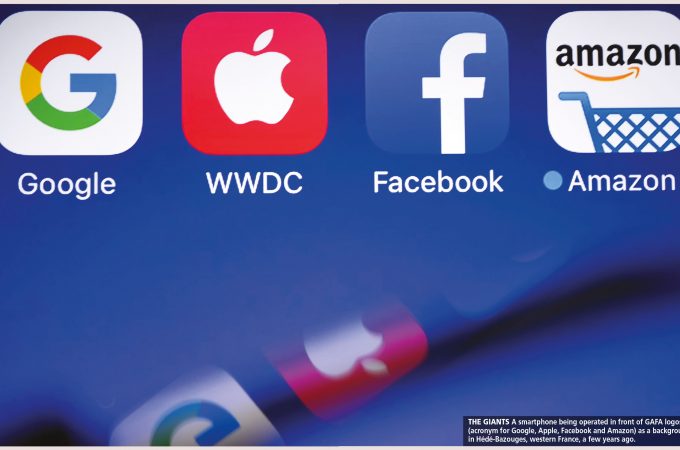PEER-TO-PEER TRAINING
The next trend of corporate training is in knowledge sharing – Sanjeewaka Kulathunga
“We can’t solve our problems with the same thinking we used when we created them,” Albert Einstein had once observed. If this premise is applied to the field of corporate training, issues relating to employee performance can’t be solved using the same training strategies that were used before.
After all, there’s always a gap between expected performance and that which is turned in by unproductive employees.
Adopting a flexible as well as innovative learning and development strategy to augment employee performance is a holistic organisational process. Learning and development is no longer a line function under the HR department – instead, it’s a holistic corporate strategic process that connects business leaders with employees and other interested parties.
The whole organisational process is a learning curve. Due to many rapid changes in the global technological environment, corporate entities are compelled to use out-of-the-box thinking to seek proper learning solutions to upskill employees and improve performance.
What do global tech giants such as Google, Apple and Microsoft have in common?
Though they operate in the tech industry, they’re all learning organisations as they continually facilitate progressive learning opportunities for their employees and other stakeholders. This is done to transform performance to be in line with the global business environment.
These companies have placed learning and development at the top of their list of priorities.
Whatever an organisation does to adopt a culture of learning and create a conducive environment for knowledge sharing will ultimately lead to optimal business outcomes. If organisational knowledge is not upgraded in line with the rapidly changing technological environment, its systems will become obsolete and be a stumbling block to progress.
Google has realised that participatory training methods are more effective and efficient than passive training techniques by stimulating peer-to-peer training in the company. Now, approximately 80 percent of all tracked training is conducted through an employee to employee network called g2g (Googler-to-Googler).
This is a volunteer global network for learning and development, which connects over 7,000 employees who are willing to dedicate part of their time to assist the growth and development of their peers. And g2g members can participate in various ways such as mentoring, designing learning materials for different departments etc.
Learning and development should be compatible with employee engagement and the productivity of the company. Several studies have found that the concept of learning by teaching is more effective and students who spend time teaching what they have learnt can retain knowledge better than those who spend the same amount of time restudying.
This is a psychological phenomenon that’s known as the ‘protégé effect’ whereby teaching or preparing to teach others helps a person learn that lesson more effectively.
The willingness of employees to educate their peers will lead to increased metacognition, making them more consciously aware of their learning components with a research mindset. As the ultimate outcome of the protégé effect, the knowledge capital of the company will increase by leaps and bounds – and a competitive edge will follow.
If organisational knowledge and skills aren’t shared among employees, it stagnates and rots, and continues to be a cost burden to the company.
Learning is an ongoing process – it is not an event that ends after graduation from a university. It’s a continuous journey, and can’t be relegated to a limited number of formal corporate trainings and workshop sessions.
Such corporate training will become costly and ineffective compared to knowledge retention at spaced intervals, which is called the ‘spacing effect.’ Learning can only be committed to long-term memory if it’s practically repeated at spaced intervals.
Accordingly, the peer-to-peer method applied in the process of corporate learning and development will enhance the spacing effect. If business leaders can create a shared learning environment, employees will be intrinsically motivated to share their job oriented knowledge and skills with their peers.
Consequently, the knowledge of the company will grow exponentially and deliver mutual benefits, to both the organisation and all interested parties.
In the next couple of years, 42 percent of core skills that are required to perform existing jobs will change drastically due to the skills gap that emerges from the Fourth Industrial Revolution.
If corporate leaders upskill their employees through peer-to-peer training, they will become competent and confident – and be able to seamlessly adapt to the potential threats of AI and automation.





